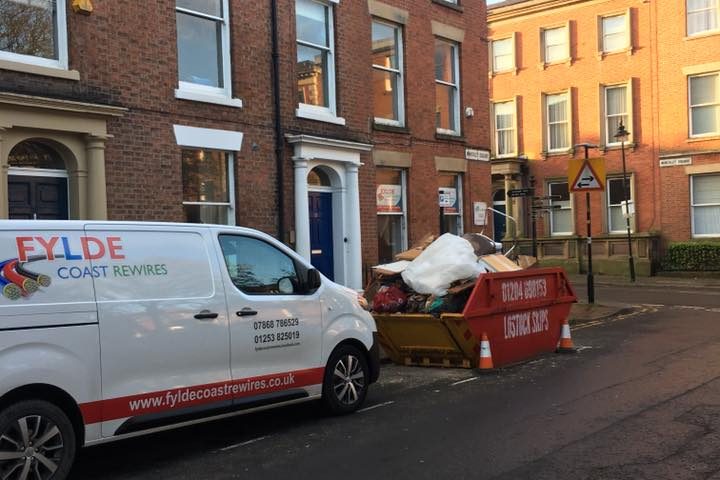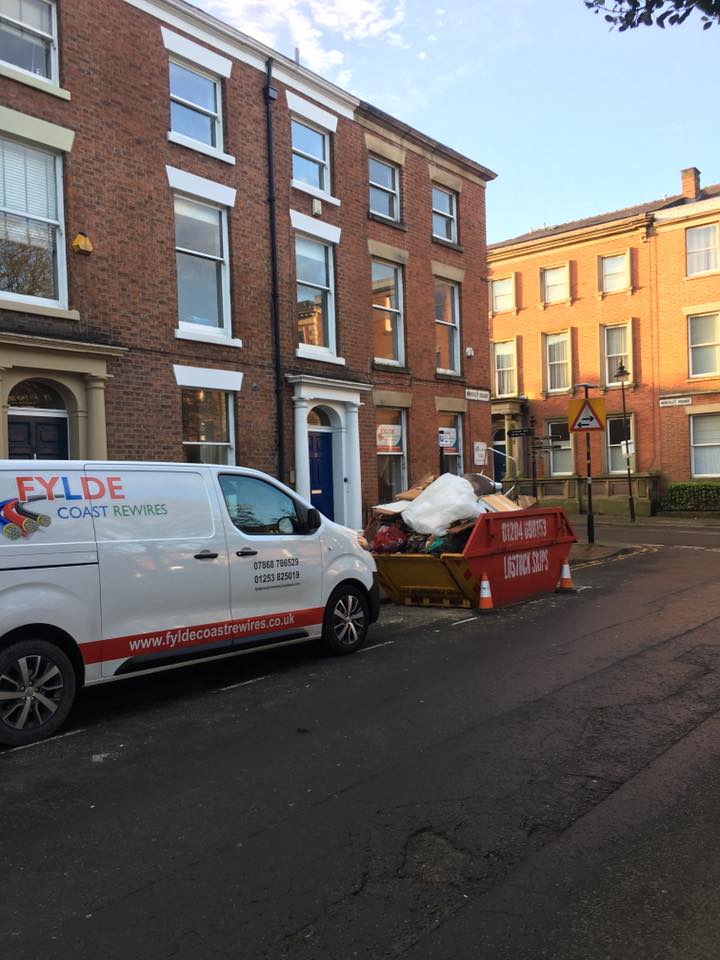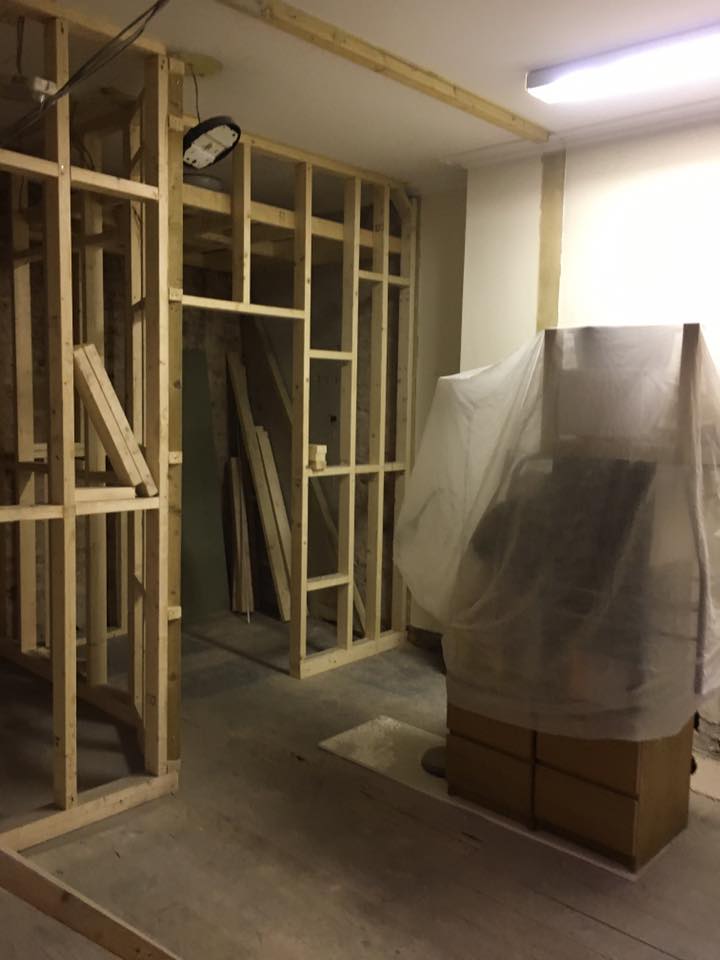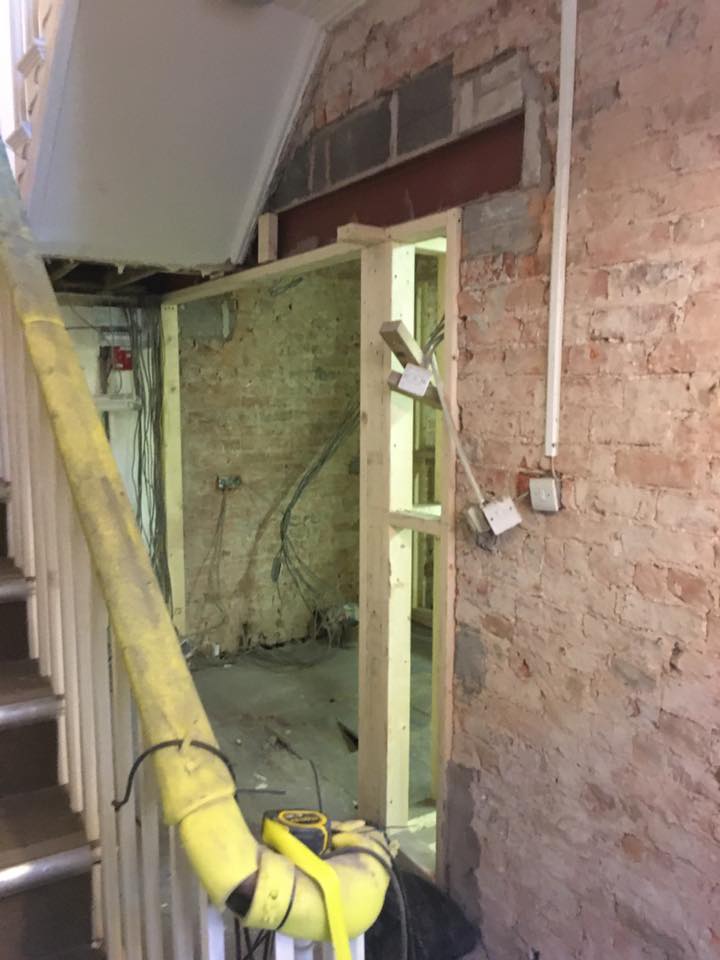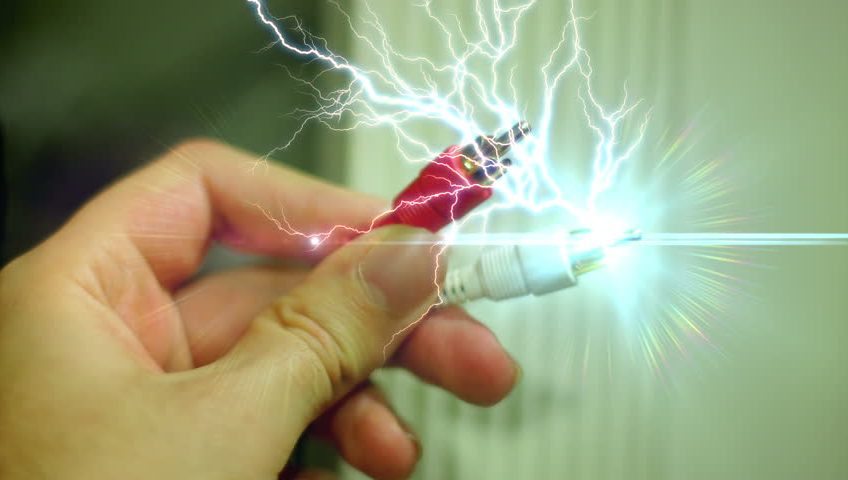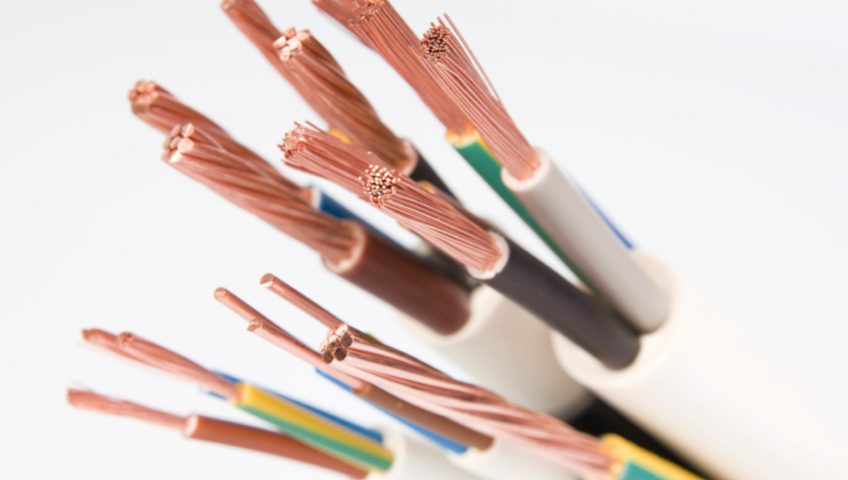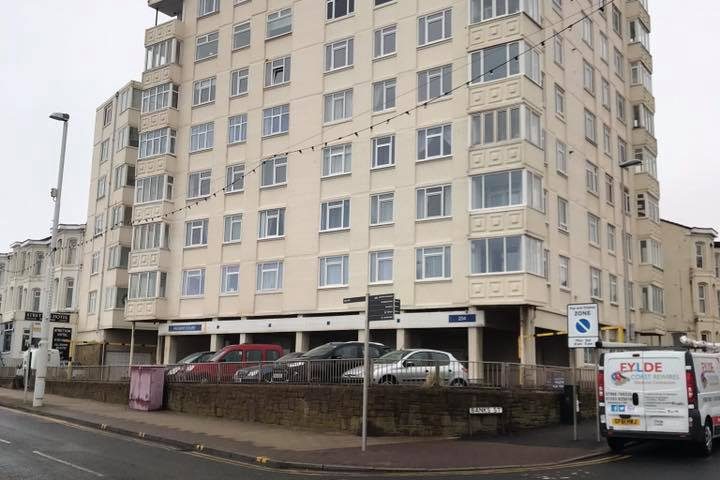
The primary step that many homeowners consider when reducing energy costs is to switch energy suppliers or turn down the thermostat. However, with the increase in the prices of energy stated by leading energy companies such as npower, SSE, British Gas and Scottish Power, switching energy suppliers might not be cost-effective after all. Take a look at these top 10 energy saving tips that are not well-known but highly effective when it comes to saving big on gas and electricity.
Purchase a Halogen Oven
Did you know that a halogen oven can roast a chicken in just 30 minutes and uses only 75% less than a traditional electric oven? Combine this minimized usage of energy with the fast cooking time, you will experience a huge reduction in your bills.
Close Your Chimney
It is estimated that about 80-90% of heat generated from burning wood in the fireplace is mostly lost through open chimneys. Therefore, an unblocked chimney can mean hundreds of pounds being flushed up the chimney every year.You can either cap it or block the cavity with an inflatable chimney balloon, if you use it occasionally.
Set up a Voltage optimisation Device
The variation between the voltage supplied to your home and the amount consumed by your appliances shows that a typical appliance uses 4% more current and 9% more energy than required. According to Evo Energy, installing a voltage optimisation device will save up to approximately 10% on your bills. This device will need to be installed by a professional electrical contractor. Keep in mind that it won’t work on immersion heaters, showers, ovens, hobs but it will function effectively for appliances such as tumble driers, dishwashers, televisions, washing machines and lights.
Install a High-Power Shower
Rather than filling a bath with water, install high-power showers, which use the similar amount of water in only five minutes. Were you aware that faucet aerators and energy-efficient shower heads reduce the amount of water transported from shower heads and taps by 50%, allowing you to enjoy a refreshing shower at the same time.
Insulation for Cavity Walls
Is your home uninsulated? Did you know that you can lose up to 35% of heat through walls if your home isn’t insulated. For example, if you own a standard three-bedroom semi with cavity walls and consider insulating your home, you can save big on heating bills – almost up to £140 each year. Several energy suppliers provide grants that pay for insulation.
Draught-proofing
This is considered as one of the most efficient and cost effective ways to reduce energy costs, but unfortunately, it is commonly overlooked. According to the Energy Saving Trust, you can save as much as £55 every year by simply sealing your windows, loft hatches, pipework and doors.
Fixing Solar Panels
Even though government subsidies tend to fall for solar panels, but so are the costs of installation as well. Solar panel installers are coming up with ways to make installations cost effective and a fruitful consideration since it can save up to each year on energy bills.
Insulation for Lofts
Getting your loft insulated can save about a quarter of heat, which is generally lost through uninsulated roofs. The suggested level of insulation is generally 270mm.
LED Lights
Replacing traditional incandescent lights with LED lights can help you save big on electricity bills. LED lights are becoming popular amongst many property owners since 40% of the total load is used up by lighting fixtures.
Other Essential Everyday Energy Saving Tips
Apart from the above tips, you can also save energy by performing certain everyday tasks such as reducing the heating by 1C, switching lights off when you are in a particular room and boiling water only when you need it. Sometimes, it is the small things that create a big impact on your electricity bill.
